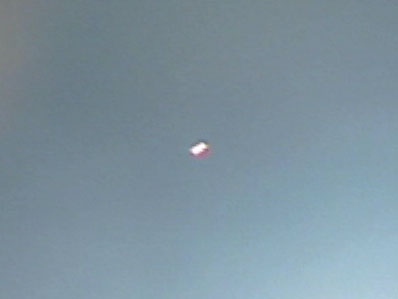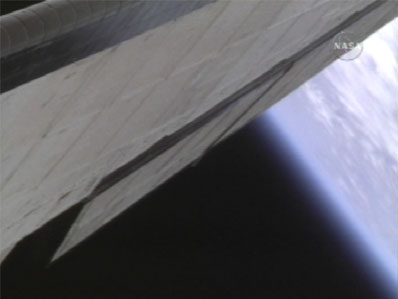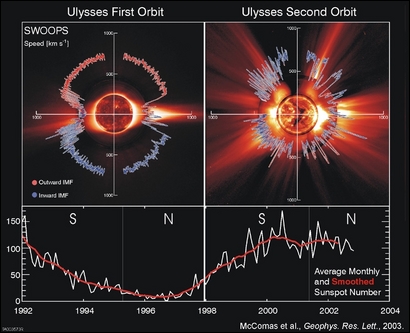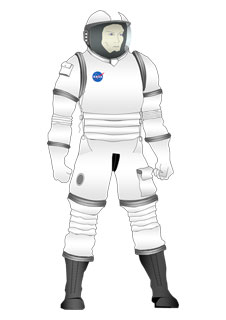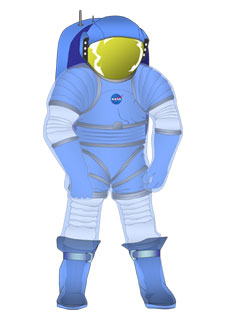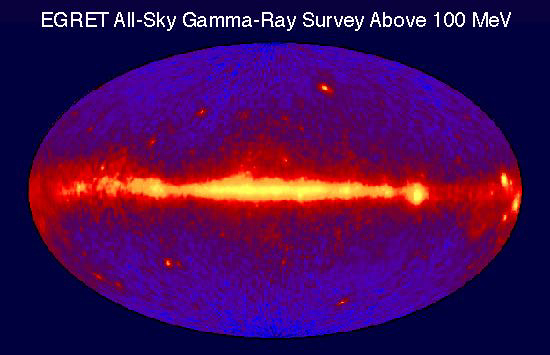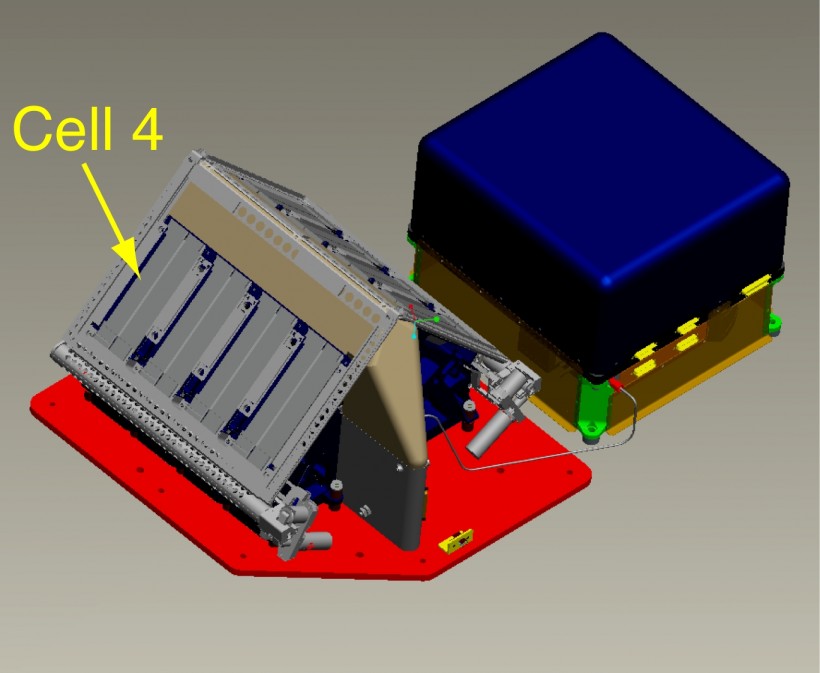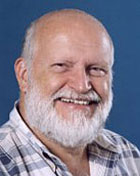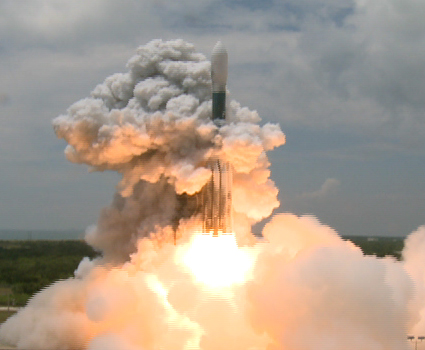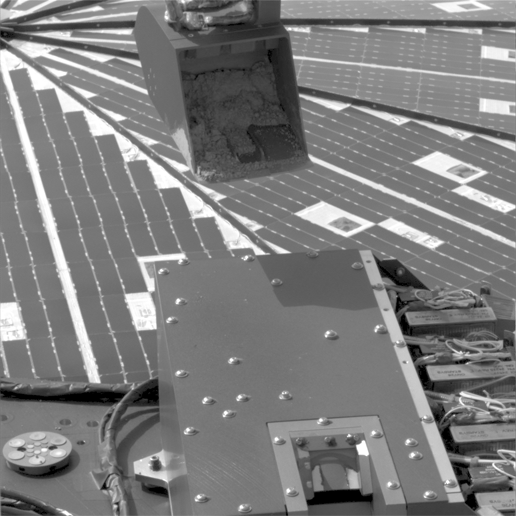I’m all for the commercial use of space, but this might be a bit overboard. Back in March of this year, Ian reported on a fund raising scheme to help the United Kingdom’s physics and astronomy money woes. The scheme involved soliciting commercial companies to pay for advertising being beamed into space, supposedly directed towards potential extra terrestrial life. The manufacturer of Doritos snack chips stepped up, donating an undisclosed sum in exchange for transmitting their ad. But the Doritos people decided to turn the advertisement into a contest, and created the Doritos Broadcast Project, which invited the UK public to create a 30 second video clip that could be beamed out to the universe offering a snap shot of life on earth to anyone ‘out there’. According to a poll, 61% of the UK public believe this is just the start of communication with ET life and that we will enter into regular communication with an alien species at some stage in the future. See the winning commercial:
The winning space-ad entitled ‘Tribe’ was voted for by the British public and directed by 25-year-old Matt Bowron. It will officially be entered into the Guinness Book of Records and will be aired on the more conventional medium of television in the UK on Sunday, June 15th.
Does this really offer a “snapshot of life on Earth?” Is this the impression of ourselves we’d like to give to extraterrestrials?
The message is being pulsed out over a six-hour period from high-powered radars at the EISCAT European space station in the Arctic Circle. The University of Leicester has also been involved in the project from its inception.
EISCAT Director, Professor Tony van Eyken who will oversee the transmission said: “The signal is directed at a solar system just 42 light years away from Earth, in the ‘Ursa Major’ or Great Bear Constellation. Its star is very similar to our Sun and hosts a habitable zone that could harbor small life supporting planets similar to ours.”
Peter Charles, Head of the Doritos Broadcast Project said: “We are constantly looking to push the boundaries of advertising and this will go further than any brand has gone before. By broadcasting the winning ad to the Universe, Doritos is delivering a world first and Matt Bowron, the winner, will go down in advertising folklore. We also shouldn’t be too surprised if the first aliens start arriving on planet Earth immediately demanding a bag of Doritos.”
Wow.
Dr Nigel Bannister thinks the idea might stimulate extra public interest. “The idea of transmitting an ad into space is somewhat controversial but still of scientific interest,” he said.
“This could be a test for future very long range communications and it gives us an opportunity to tell the Universe we are here (in case someone out there is listening – like reversal of the SETI programme!).
“There could also be potential commercial interest in enterprises like this. Imagine one day that companies on Earth might wish to advertise to other planetary colonies within our solar system -for example if man ever moves to colonise Mars!”
Source: Space Daily


